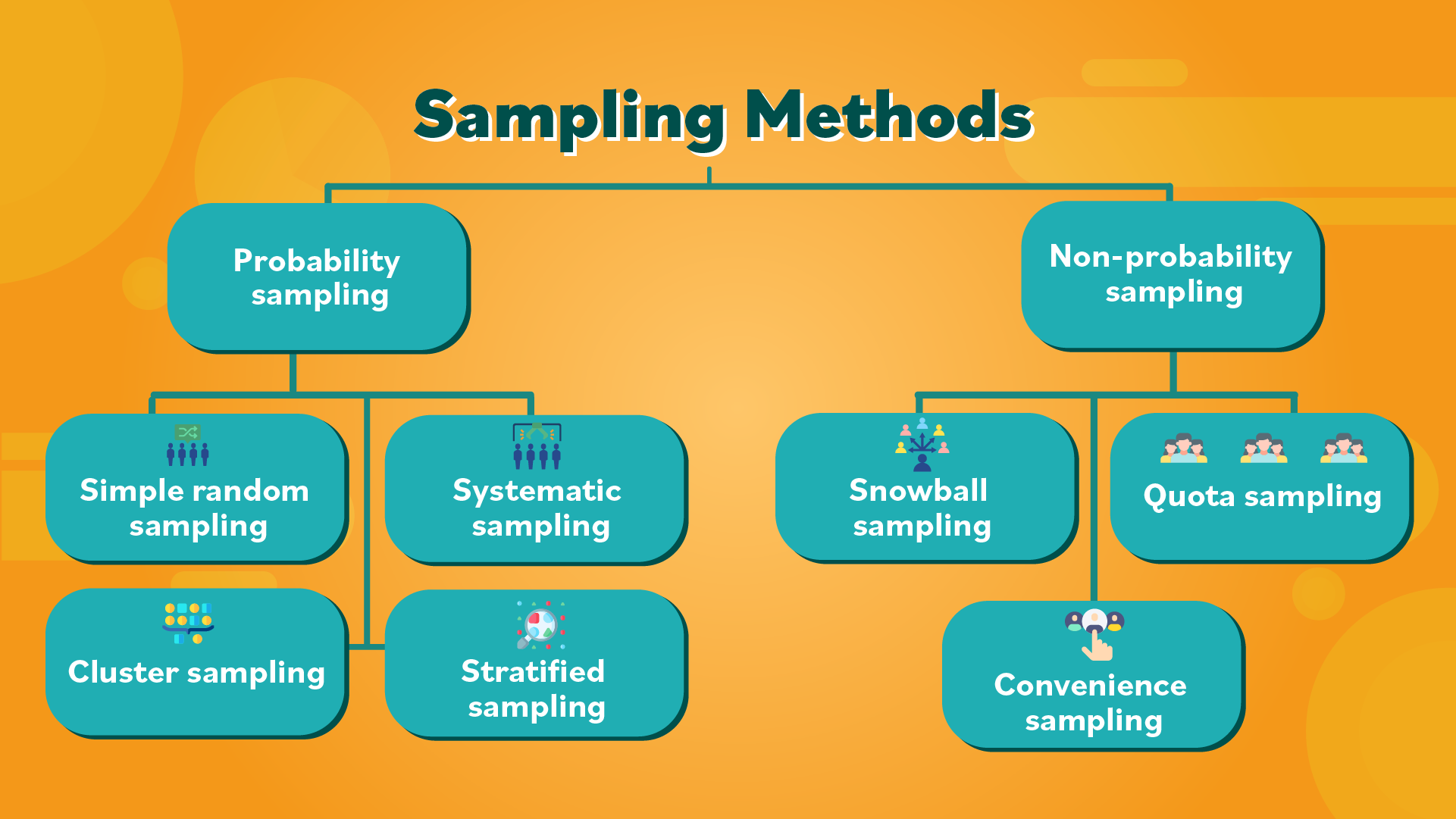Understanding Technology Fees: What They Are and How They Impact You
Introduction
Technology fees have become a common line item in invoices, tuition bills, and service agreements across a wide range of industries. But what exactly is a technology fee, why is it charged, and how can you understand or manage these costs? This article provides a comprehensive exploration of technology fees, examining their purpose, typical use cases, and actionable steps for both individuals and businesses to navigate them effectively.
What Is a Technology Fee?
A technology fee is a charge imposed by organizations-including schools, businesses, and government agencies-to cover the costs associated with providing, maintaining, and upgrading technological resources and services. These resources often include hardware, software, digital tools, IT support, and other technology infrastructure essential to daily operations or services [1] [3] . The structure and scope of the fee can vary widely depending on the context, but the core idea is to ensure that users, franchisees, students, or customers contribute to the ongoing technology investments that benefit them.
Types and Examples of Technology Fees
The implementation of technology fees can be found in several sectors:
1. Education
Many universities and colleges charge a technology fee to support instructional technology resources for students and faculty. For example, the University of West Florida (UWF) uses technology fees to fund both systemic projects (unit- or university-wide technology upgrades) and instructional technology enhancement projects (short-term projects led by faculty) [4] . According to Florida law, this fee can be up to 5% of tuition per credit hour. These funds are earmarked for enhancing educational technology, such as computer labs, online learning platforms, and classroom equipment.
If you are a student or parent, you can typically find details on your institution’s official website, or by contacting the university’s bursar or financial aid office. To explore specific uses or request waivers, search for “technology fee policy” or “technology fee projects” along with your school’s name.
2. Business and Franchising
In business, technology fees are often included as part of service agreements or franchise contracts. For instance, franchisors may charge franchisees a recurring technology fee to help cover the costs of proprietary software, customer relationship management systems, digital marketing tools, and IT support [2] [3] . This arrangement helps spread the cost of expensive technology upgrades across all franchisees, making it more affordable and practical than if each franchisee were to purchase these tools independently.
If you are evaluating a franchise opportunity or managing a business relationship that includes a technology fee, it is critical to review the fee structure, ask what services and tools are covered, and clarify billing and waiver policies. Request a detailed breakdown from the franchisor or service provider, and compare with industry norms or alternatives.
3. Government and Licensing
Municipalities sometimes add a technology fee to business license applications or renewals. For example, the District of Columbia implemented a 10% technology fee on business license fees to fund upgrades to their licensing systems, which later became a permanent charge [5] . These fees are typically disclosed on official government websites or in public ordinances.
Business owners should review their city or county’s official licensing page for technology fee details. When in doubt, contact the appropriate local agency or search for “[your city] business license technology fee.”
Key Components of a Technology Fee
While the specific details vary, most technology fee policies include the following components:
- Purpose: A clear explanation of why the fee is assessed and what needs it addresses.
- Scope: Information on what technology resources or services are covered.
- Fee Structure: Details on how the amount is set, whether it’s a flat rate, percentage of another fee, or recurring charge.
- Billing Terms: Clarity about when and how the fee is collected, including any updates or changes to the policy.
- Transparency: Open disclosure about how fees are calculated and used, often including examples or breakdowns.
- Waiver and Reduction Policies: Guidelines for who may qualify for reduced or waived fees, supporting equitable access [1] .
Why Are Technology Fees Important?
Technology fees are important for several reasons:
- They allow organizations to keep up with rapid changes in technology without large, unpredictable budget spikes.
- They spread the cost of expensive software, hardware, and support across all beneficiaries.
- They enable ongoing maintenance, cybersecurity updates, and the adoption of new tools that improve user experience and productivity [2] .
- For educational institutions, they directly support improved teaching and learning environments [4] .
How to Understand, Manage, and Access Technology Fee Resources
Step 1: Identify the Fee
Check official documents, contracts, or invoices for any mention of a technology fee. In education, this will typically appear on tuition bills. In business, review service agreements or franchise disclosure documents. For government fees, visit your local agency’s official website or contact their licensing office.
Step 2: Request a Detailed Breakdown
You can ask the provider or institution to supply a detailed list of what the technology fee covers. This should include hardware, software, support services, and any other resources funded by the fee. Ask for examples of recent technology upgrades or projects supported by these funds.
Step 3: Explore Waiver or Reduction Options
Some organizations have policies allowing for technology fee waivers or reductions for qualifying individuals or groups, such as those facing financial hardship, small businesses, or startups. To find out if you qualify, contact the relevant office or search for “technology fee waiver policy” on the official website of your institution or agency [1] .
Step 4: Compare Alternatives
If you are evaluating a franchise or service provider, compare the technology fee and the technology included with similar providers. Ask if you can opt out of certain services or if there is a tiered pricing structure based on usage.
Step 5: Monitor for Changes
Stay informed about any changes to technology fee policies by reviewing regular communications from your institution, franchisor, or licensing agency. Fee structures and covered services may be updated as technologies evolve or as budgets change.

Source: itcilo.org
Potential Challenges and Solutions
Common challenges with technology fees include a lack of transparency, difficulty in understanding what is covered, or the financial burden on certain users. To address these issues:
- Transparency: Request clear documentation and regular updates.
- Equity: Inquire about waivers or sliding scale fees, especially if you represent a nonprofit, small business, or are a student experiencing hardship.
- Advocacy: Participate in feedback sessions or committees if your institution or organization offers them, to have input on how technology fees are used [4] .
Alternatives and Best Practices
Some organizations explore alternatives to traditional technology fees, such as fundraising for major upgrades, applying for technology grants, or partnering with technology vendors. If you are seeking to reduce or avoid technology fees, research these options and discuss them with relevant decision-makers.
Summary and Key Takeaways
Technology fees are a practical tool for funding the ever-increasing costs associated with digital infrastructure and services. Whether you are a student, business owner, franchisee, or regular consumer, understanding technology fees will help you make informed decisions, advocate for transparency, and potentially minimize costs. Always seek detailed documentation, compare alternatives, and explore waiver policies where available.

Source: opinionsnet.com
References
[1] DepositFix (2025). Technology Fee for Businesses: How to Manage Them. [2] FranchiseFeed (2020). What is the Technology Fee and Why Should I Charge My Franchisees One? [3] CoolVu Franchise (n.d.). Technology Fee Dictionary Term. [4] University of West Florida (2025). Technology Fee. [5] D.C. Policy Center (2017). Money for nothing: D.C. businesses pay a technology fee.
MORE FROM couponito.com













